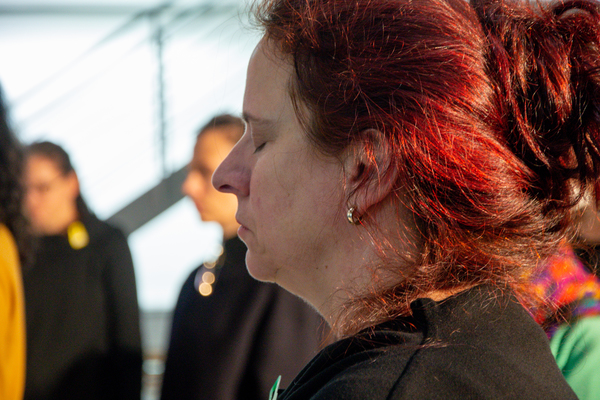Performance Art, stored and inscribed. The Potentials of the Body as Archive and Collector of Knowledge
(03.11.2018)
https://hdl.handle.net/20.500.11806/qr/ade_Surtmann

Performance art draws attention to the process, the momentary, the presence of the human body. The body in the here and now becomes an artistic means of expression. The object-like nature and durability of the art piece become marginal, whereas the notion of the art work as commodifiable is challenged. Meaning is generated by an action at a certain place at a certain time. Institutional archival standards are subject to strict rules and geared towards the detailed and unaltered preservation of a condition. What to do with an art form that is in constant motion and characterized by its relationship to any current participants? How is a period of time, a place, a space in which bodies move and react to one another to be archived? In recent decades, technical innovations have transformed archives into digital databases that no longer necessarily refer to tactile documents or objects; the internet is regarded as the largest and most comprehensive archive of all time.
Art collections can be "visited" via the website in a digital museum. As a result of digitalization, our society is increasingly developing into a virtual, bodiless society. But it is precisely in relation to performance art, whose central content is the examination of the relationship between one's own body and the other's body, that the question arises as to whether traditional transmission methods such as text, image and object are sufficient. Which forms of transmission can we fall back on and which have been repressed? Which forms of knowledge are recognized as worthy of transmission, which marginalized? Shouldn't this art form, which works with the presence of bodies, also be mediated and explored through artistic performative methods? And what does this mean for the prevailing concept of archiving and knowledge?
The contribution will be introduced by a performative exercise entitled Augenzeug_innenbericht, which was developed by Marlies Surtmann and Olivia Jaques.

place: Kunstmuseum Bern

| Key: | PMYNSEE9 |
| ShortTitle: | Performancekunst abgespeichert und eingeschrieben. Potentiale des Körpers als Archiv und Wissensspeicher |
| DateAdded: | 2019-04-14T10:28:01Z |
| Language: | Englisch |
| DateModified: | 2024-04-15T08:36:30Z |
| Rights: | https://creativecommons.org/licenses/by/4.0/ |




















































































